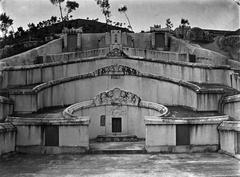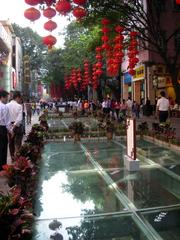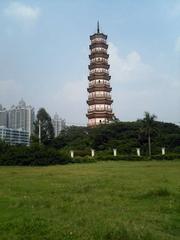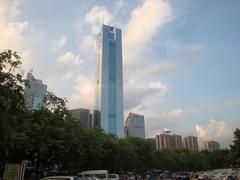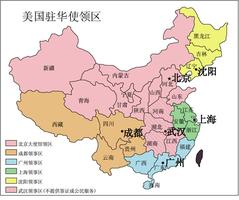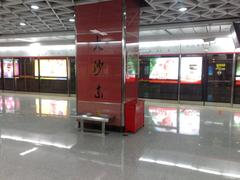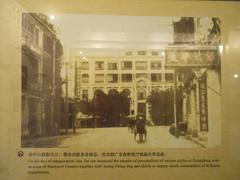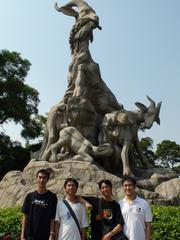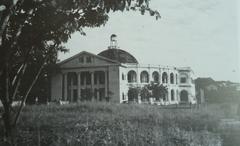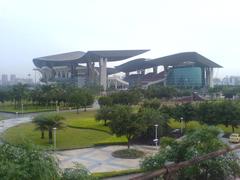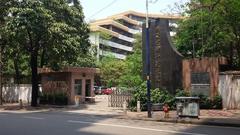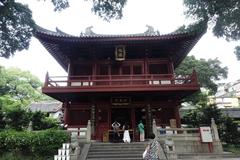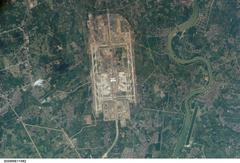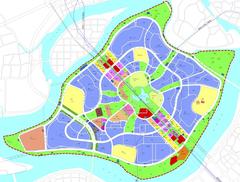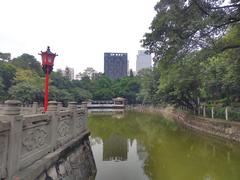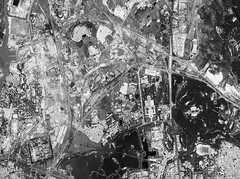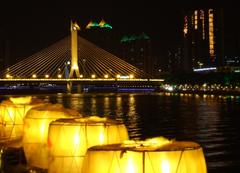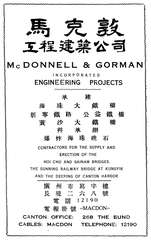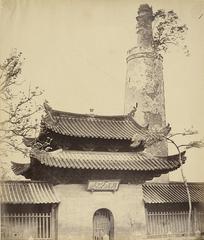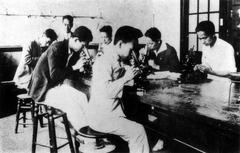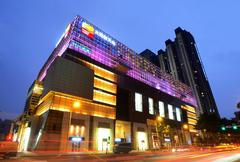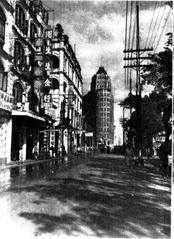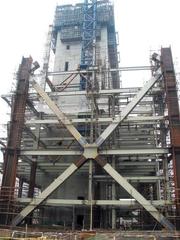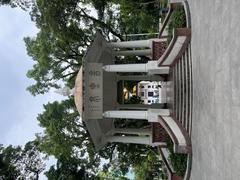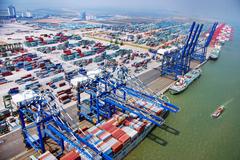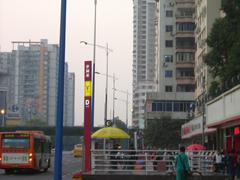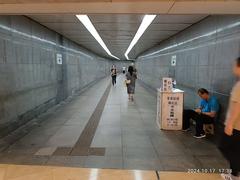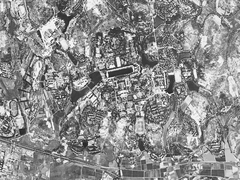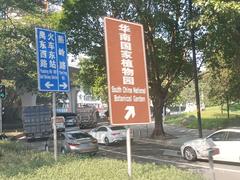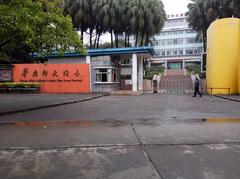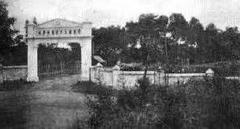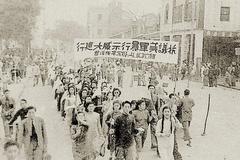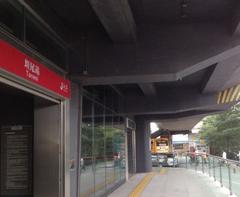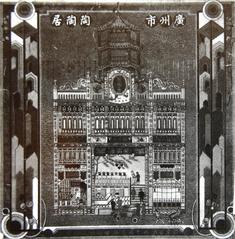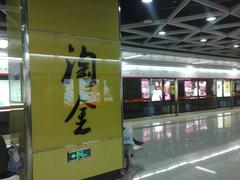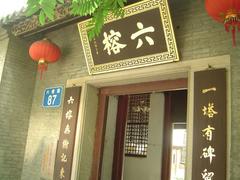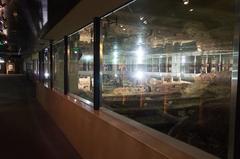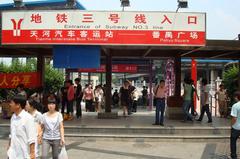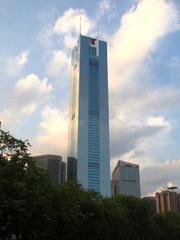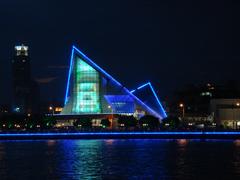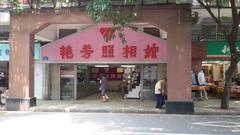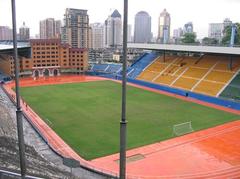Visiting Xingguo Road in Guangzhou: A Comprehensive Guide
Date: 31/07/2024
Introduction
兴国路 (Xingguo Road) in Guangzhou is a remarkable destination that encapsulates over 2,200 years of history and cultural evolution. Nestled in the Yuexiu District, this vibrant thoroughfare offers a journey through time, from its early days as a Baiyue settlement to its modern role as a bustling urban center. 兴国路’s significance is rooted in its historical context, architectural marvels, and cultural contributions, attracting history buffs, culture enthusiasts, and modern-day explorers alike.
Originally established during the Western Zhou dynasty (1146–771 BCE) by the Baiyue people, the area around 兴国路 has been a witness to Guangzhou’s transformation over centuries (Britannica). The Han Dynasty (206 BCE–220 CE) saw Guangzhou, then known as Fanyu, emerge as a vital port for commerce and foreign exchange, integral to the Maritime Silk Road (TravelChinaGuide). The city’s prominence continued through the Tang Dynasty (618–907 CE), making it a world-renowned trading harbor.
In modern times, 兴国路 has not only preserved its historical charm but also embraced significant urban development. The area played a pivotal role in the Chinese revolution of 1911–12, contributing to the end of the dynastic system and the rise of modern China (Britannica). Today, it stands as a testament to Guangzhou’s rich historical and cultural heritage, blending traditional Cantonese styles with modern high-rises, and offering visitors a unique glimpse into the past and present of this dynamic city.
Table of Contents
- Introduction
- History and Significance of 兴国路, Guangzhou
- Cultural and Revolutionary Hub
- Architectural Significance
- Key Landmarks
- Cultural Significance
- Visitor Information
- Modern Developments
- FAQ
- Conclusion
Exploring 兴国路: A Historical and Cultural Journey in Guangzhou
History and Significance of 兴国路, Guangzhou
Early Historical Context
兴国路, located in the heart of Guangzhou, is steeped in history that dates back over 2,200 years. The area around 兴国路 has been inhabited since the time of the Baiyue people during the Western Zhou dynasty (1146–771 BCE). The Baiyue people were known for their allegiance to the feudal state of Chu, which led to the area being known as Chuting. During the Spring and Autumn period (770–476 BCE), a walled town named Nanwu Cheng was established in what is now the northern section of Guangzhou (Britannica).
Development Through Dynasties
兴国路’s significance grew during the Han Dynasty (206 BCE–220 CE), when Guangzhou, then known as Fanyu, became a vital port for commerce and foreign exchange. The area developed advanced textile and porcelain industries, making it a key player in the Maritime Silk Road. By the Tang Dynasty (618–907 CE), Guangzhou had become a world-renowned trading harbor, further cementing its importance (TravelChinaGuide).
The Ming and Qing Dynasties
During the Ming (1368–1644) and Qing (1644–1911) dynasties, Guangzhou continued to thrive as a major port city. The Qing Dynasty, in particular, saw Guangzhou as the only open port under the policy of isolation, making it a crucial point of contact between China and the outside world. This period also saw the establishment of China’s earliest customs office in Guangzhou to manage the burgeoning foreign trade (Britannica).
Modernization and Revolutionary Significance
Starting in the 1920s, Guangzhou underwent extensive modernization. Wide, straight streets replaced narrow, winding ones, and new infrastructure such as sewers and parks were built. This modernization was interrupted by the Japanese occupation from 1938 to 1945 but resumed after the establishment of the People’s Republic of China in 1949. The economic reforms of the 1980s further accelerated Guangzhou’s growth, transforming it into one of China’s most densely populated and economically vibrant cities (Britannica).
Cultural and Revolutionary Hub
兴国路 is not just a historical landmark but also a cultural and revolutionary hub. The area played a significant role in the Chinese revolution of 1911–12, which ended the dynastic system in China. Sun Yat-sen, the father of modern China, and other leaders of the Nationalist Party operated out of Guangzhou, making it a cradle of revolutionary ideas and change (Britannica).
Architectural Significance
The architecture along 兴国路 is a blend of traditional Chinese styles and modern high-rises. The area is home to several historical buildings, including the Zhenhai Tower, which now serves as the Guangzhou Museum. This juxtaposition of old and new is a testament to Guangzhou’s ability to preserve its rich history while embracing modernity (Agoda).
Key Landmarks
兴国路 is surrounded by several key landmarks that offer a glimpse into Guangzhou’s rich history and cultural heritage:
- Yuexiu Park: The largest park in Guangzhou, featuring the iconic Five Rams Sculpture and the ancient Zhenhai Tower.
- Temple of the Six Banyan Trees: A historic temple that dates back to the Liang Dynasty (502–587 CE).
- Sun Yat-sen Memorial Hall: A site of great national significance dedicated to the father of modern China (Agoda).
Cultural Significance
兴国路 is a microcosm of Guangzhou’s broader cultural landscape. The area is a melting pot of traditional Cantonese culture and modern influences. The local cuisine, language, and customs are deeply rooted in the Canton era, offering visitors an authentic experience of Guangzhou’s cultural heritage (The Helpful Panda).
Visitor Information
- Visiting Hours: Most attractions along 兴国路 are open from 9 AM to 5 PM daily. It is advisable to check specific opening times for each landmark before planning your visit.
- Tickets: Entrance fees vary depending on the attraction. Yuexiu Park is free to enter, while some sites like the Guangzhou Museum may charge a small admission fee.
- Transportation: Guangzhou is well-connected by highway, rail networks, and the Baiyun International Airport. Within the city, the subway is the most efficient way to get around, especially given the heavy traffic congestion (Britannica).
- Local Cuisine: Don’t miss out on trying traditional Cantonese dishes at local eateries along 兴国路. Huifu Gourmet Food Street is a must-visit for food lovers (The Helpful Panda).
Modern Developments
In recent years, 兴国路 has seen significant modernization, with new high-rises and commercial complexes springing up. The area is part of Guangzhou’s broader urban development plan, which includes futuristic urban projects in Zhujiang New Town. This blend of historical and modern elements makes 兴国路 a unique destination for both history buffs and modern-day explorers (Agoda).
FAQ
- What is the best time to visit 兴国路?
- Spring is the best time to visit, as the weather is pleasant and the city’s parks and gardens are in full bloom.
- Are there guided tours available?
- Yes, several guided tours are available that provide in-depth historical context and insights into the area’s significance.
- Is 兴国路 accessible for people with disabilities?
- Most major attractions along 兴国路 are wheelchair accessible, but it is advisable to check specific accessibility options for each site.
Conclusion
兴国路 in Guangzhou is a testament to the city’s rich historical and cultural heritage. From its early days as a vital port in the Maritime Silk Road to its role in modern Chinese history, the area offers a fascinating journey through time. Visitors can explore a range of historical landmarks, enjoy traditional Cantonese cuisine, and experience the vibrant culture that makes Guangzhou a unique destination (Tourism on the Edge).
References
- Guangzhou. (n.d.). In Britannica. Retrieved from https://www.britannica.com/place/Guangzhou/History
- Guangzhou. (n.d.). In Travel China Guide. Retrieved from https://www.travelchinaguide.com/cityguides/guangdong/guangzhou/history.htm
- Guangzhou. (n.d.). In Britannica Kids. Retrieved from https://kids.britannica.com/students/article/Guangzhou/273494
- Looking at Guangzhou’s history through landmark buildings. (2018, October 19). In China Daily. Retrieved from https://govt.chinadaily.com.cn/s/201810/19/WS5bc97db2498ebfcd07beef4d/looking-at-guangzhous-history-through-landmark-buildings_1.html
- Historic Guangzhou Neighborhoods. (2021, December). In WildChina. Retrieved from https://wildchina.com/2021/12/historic-guangzhou-neighborhoods/
- Best Places to Visit in Guangzhou. (n.d.). In The Broke Backpacker. Retrieved from https://www.thebrokebackpacker.com/best-places-to-visit-in-guangzhou/
- Things to Do in Guangzhou. (n.d.). In Let’s Travel to China. Retrieved from https://letstraveltochina.com/things-to-do-in-guangzhou-china/
- Things to Do in Guangzhou. (n.d.). In Lonely Planet. Retrieved from https://www.lonelyplanet.com/articles/top-10-things-to-do-in-guangzhou-china
- Locals Guide to Visiting Guangzhou. (n.d.). In Wandering Educators. Retrieved from https://www.wanderingeducators.com/best/traveling/locals-guide-visiting-guangzhou-china
- Tourism on the Edge. (n.d.). In Tourism on the Edge. Retrieved from https://www.tourismontheedge.com/guangzhou-china/
